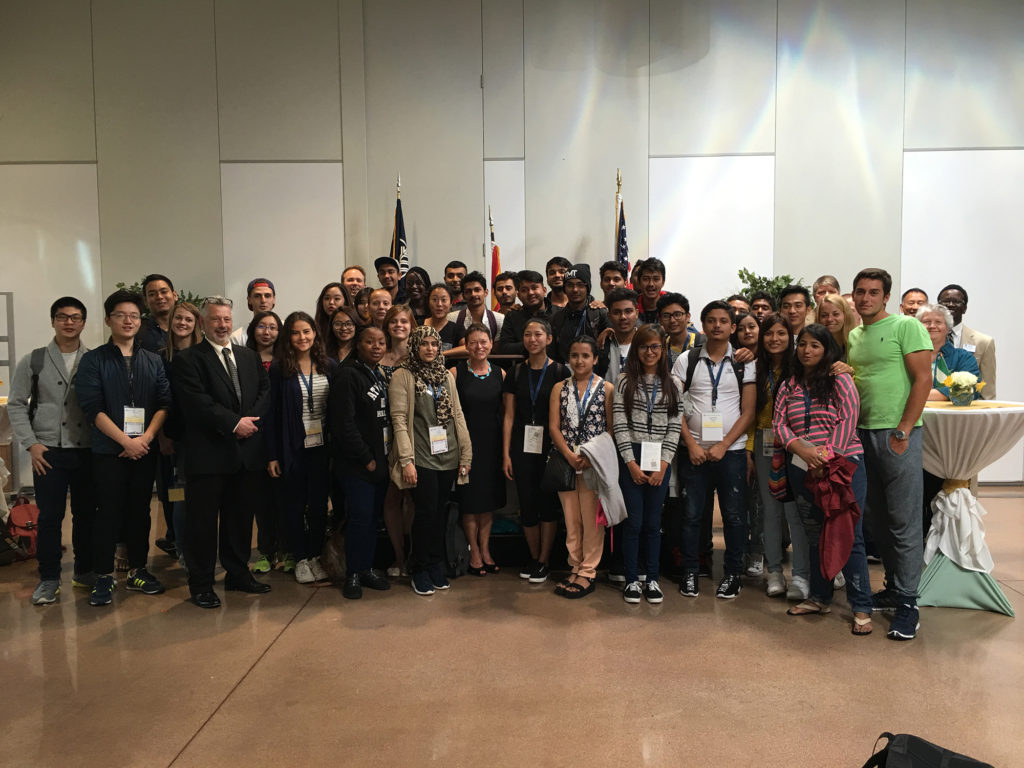For fall 2018, NAU had a 5 percent increase in international enrollment and a 12 percent increase in new international students, even as the United States saw a drop in international enrollment.
While NAU was increasing, other universities struggled; the United States as a whole had a 5 percent decrease of international enrollment, according to the Student and Exchange Visitor Information System. In just one year, the number of international students dropped by 6,210.
According to Eric Deschamps, the director of international admissions and recruitment, NAU faced several challenges during the recruitment process, most notably the 24 percent decrease in international applications for fall 2018. As students had a harder time getting visas to study in the United States, fewer students applied. However, NAU used different methods of recruitment to encourage students to attend NAU. That led to 1, 403 international students this year, up from 1,332 last year.
In order to get the interest of international students, NAU had to offer something more. While other universities put their focus in recruiting at college fairs, NAU offers dual degree programs. This allows students to earn a degree from NAU and their home university, such as the 1+2+1 program, where students can study at a Chinese university and at NAU.
NAU also decreased the processing time for international applications, dropping it from four or five weeks to four or five days. Deschamps said this makes a huge difference, since international students are more likely to go to a school they hear back from right away.
As Deschamps puts it, getting international students to study at NAU is important. It helps create a diverse atmosphere, where students can get a different view on the world.
“This is a great way for students to stay in Flagstaff but still have an international experience,” Deschamps said. “When international students are in a classroom, let’s say a political science classroom, and they talk about politics in their home country or home region, I think it provides an amazing new perspective for our domestic students.”



